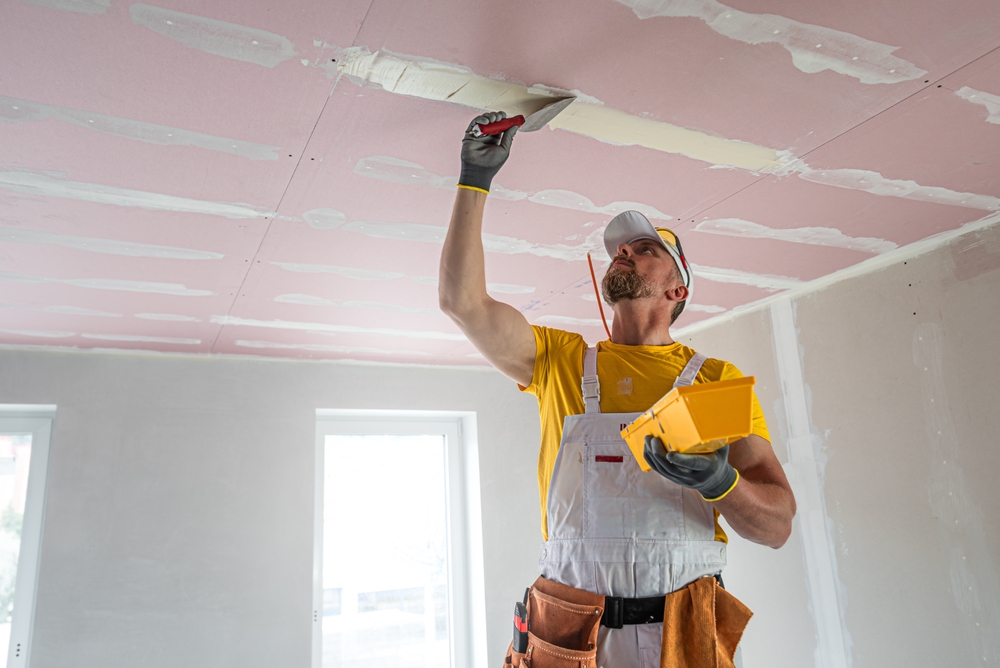

It is easy for communication to fall out after initially negotiating and signing a residential construction contract when you get into a project. However, despite the appeal of simply getting a project done with minimal invasion and maximum productivity, the pitfalls that come with miscommunication on a project, especially a residential one, are far worse than constantly checking in and over-communicating. So, let’s talk about how to deal with high-maintenance homeowners.
We talk to many angry homeowners who are upset because whoever is working on their house has made a mess and won’t come to fix it or answer their calls. We are not saying that all of them have a defensible position. But they are so upset with the lack of response from their contractor, they are calling an attorney to find out what their rights are and what to do next. The majority of these high-maintenance homeowners would not be upset enough to contact us if their contractors had clearly explained everything, had adequately managed their expectations and had promptly addressed and resolved their issues as they arose. Having extensive experience with home projects that have gone off the rails, we will give you some advice on how to avoid ever going there.
You don’t have to do every project you bid. When we represent residential contractors in a dispute with a homeowner, one of the most common things we hear is, “I knew I should not have taken that project.” Those contractors usually mean there was something about the homeowner that gave them a bad feeling, even before they started working on the project. If you get a bad feeling about the project or the homeowner, trust your gut. Don’t take that job and move on to the next one.
If you decide to move forward with the project, the first thing you can do to avoid the project going off the rails is appropriately managing expectations. Let’s put it this way, you have a picture in your head of how the project will go, and so does the homeowner. The issue arises when you realize that you had a picture of the Mona Lisa in your head while the homeowner was picturing a Picasso. Both are fantastic pieces of art but are incredibly different. If you move forward with the project without clarifying your understanding of what is expected, there will be problems. So, just how do you get the same picture for the project? The key is clearly explaining everything and having a well-written, easy-to-read contract that puts what you understand their expectations to be, in writing.
Our lawyers are here to protect you on the front-end and save you from any contract disputes that may arise. With offices in Houston, Austin, and San Antonio, we are your Texas contractor lawyer. Protect your business and call one of our experienced attorneys today at The Cromeens Law Firm at 713.715.7334.
First and foremost is the scope of your work—in other words, what are you doing? What are you not doing? We tell our clients to describe their work scope as if they were explaining it to 12 strangers who know nothing about construction. This is the jury that will be deciding your fate if the project goes off the rails.
The second most important thing high-maintenance homeowners want to know is how long the project will take to complete. Make sure your contract sets forth an honest schedule of completion. We always tell our clients to go long on their estimates. That way, if they finish early, they are heroes instead of finishing late and making them “zeroes.” It also gives you time if something unexpected happens.
The next thing that is super important to address before the project starts is that although you are an expert in your field, there may be things that happen that you could not predict that will cost extra. For example, if you are replacing the roof, be clear that once you take off the existing shingles, plywood or other rotten things that will need to be replaced will cost extra. Address in the contract how the extra cost will be determined. We find explaining that the additional work cost is the cost of the materials plus a percentage to cover your labor and overhead work well. We would also include that you will let them know before you do any of the extra work.
Something else that needs to be clarified before the project begins is when payment should be expected. Whatever your payment terms are, be upfront about them. What we find works well for projects that last longer than a week is implementing periodic payments as milestones are reached. The contract will call for 5 – 10 % down, then spell out what work needs to be done before the next payment is due. While the project is progressing, it is wise to send an invoice as you reach each milestone. That way, it is clear that you have reached a milestone, and payment is expected because the homeowner may not realize that you have reached that goal and have moved on to the next.
At the end of the day, our homes are some of the most personal things about us, and the homeowner is trusting you with their most important investment. Take the time to make sure you both have the same picture of what will happen. As much as you try to prevent them, issues will still arise. Read the next blog to find some great tips on how to Successfully Resolve Homeowner Issues. If you need assistance with your residential contract, contact us at The Cromeens Law Firm. We are a full-service construction law firm, with a team of prepared and poised construction law attorneys ready to help you build a better business.
Karalynn Cromeens is the Owner and Managing Partner of The Cromeens Law Firm, PLLC, with over 17 years of experience in construction, real estate, and business law. A published author and passionate advocate for contractors, she has dedicated her career to protecting the businesses her clients have built. Karalynn is on a mission to educate subcontractors on their legal rights, which inspired her books Quit Getting Screwed and Quit Getting Stiffed, as well as her podcast and The Subcontractor Institute.

